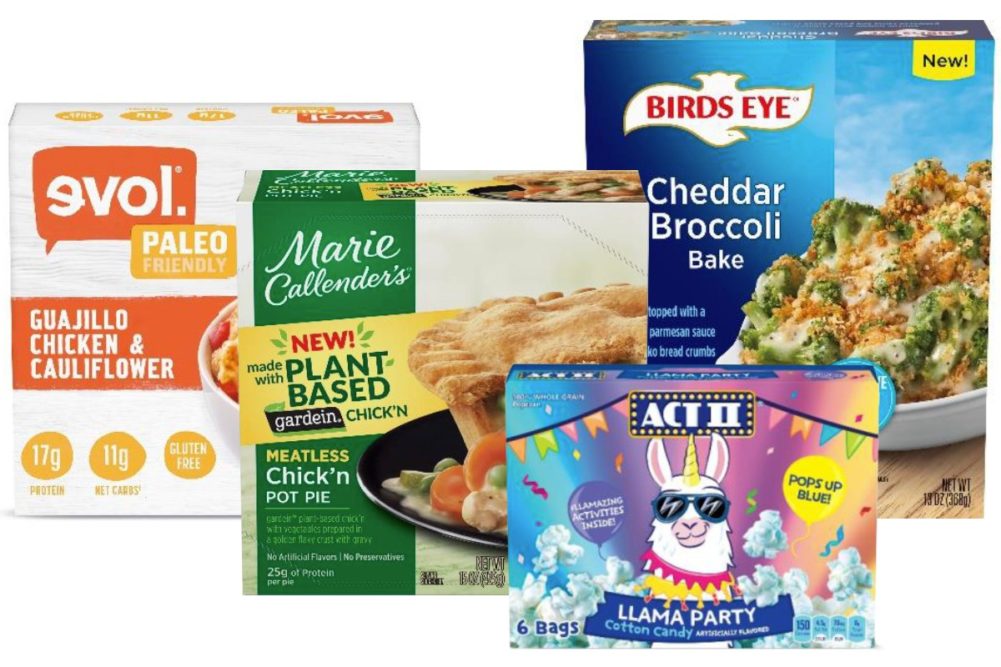CHICAGO – Conagra Brands is intent on not going back to pre-pandemic levels of demand. Even as the demand surge caused by the coronavirus (COVID-19) and subsequent stay-at-home orders subside, management is focusing on maintaining demand levels above pre-COVID-19 levels.
“Instead of choosing to simply accept the elevated demand as transitory and focus on maximizing near-term margins, we have chosen to bolster the long-term earnings potential of our company,” said Sean M. Connolly, president and chief executive officer, during a June 30 conference call to discuss fiscal 2020 results. “We believe the dynamic environment in which we find ourselves provides a unique window of opportunity to maintain the current momentum such that we maximize our long-term value-creation potential. (To) make that possible, we need to make investments focused on doing everything in our power to ensure the physical availability of our products.”
Connolly elaborated on how he sees COVID-19 affecting consumers now and into the future.
“Consumers are legitimately rediscovering certain things in their house, whether it's their kitchens, their freezers, being together, and they like it,” he said. “They’re also discovering that some of the things that they thought existed actually have changed quite a bit. So, for example, the quality of frozen food.
“So, you put both of those things together, and there is clearly an element of pleasant surprise that consumers have when it comes to cooking at home. And given the tremendous value proposition of cooking at home and that we are in a recessionary environment, it’s entirely plausible that these dynamics persist for some time, especially with the news changing hourly on COVID and what’s happening with positive cases.”
Areas of future investment include increasing manufacturing capacity, ensuring supply chain effectiveness, e-commerce and product innovation. As an example, Connolly said Conagra’s Birds Eye brand hit its ceiling on capacity during the quarter and the company is investing to ensure it doesn’t happen in the future.
“These investments in our supply chain will allow us to efficiently meet the elevated demand we are seeing today and expect to see going forward,” he said. “This is an important example of that investment.”
The elevated level of demand had a dramatic impact on the company’s performance during fiscal 2020, ended May 31. Net income rose 24% to $842 million, equal to $1.72 per share on the common stock.
Fiscal 2020 sales rose 16% to $11 billion.
Other than Conagra Brands’ Foodservice business unit, the three others saw significant sales increases, including both Grocery & Snacks and Refrigerated and Frozen Foods, which were double-digit increases.
Refrigerated & Frozen Food sales rose 22% during the year to $4.6 billion. Connolly said Conagra’s frozen food business gained share during the fourth quarter and he sees room for additional gains as the company works out the capacity issues around the Birds Eye Brand.
Grocery & Snacks sales rose 18% during the year to $4.6 billion. In the fourth quarter, snack sales grew 20% and grocery product sales rose 46%.
“These businesses are proving to be a distinct benefit to our portfolio,” Connolly said. “But while we’re pleased with our results for the quarter and the year, we are particularly excited about what the quarter has taught us about the opportunity that lies ahead as consumers have shifted their behaviors and eating habits.”
International business unit sales rose 7% during the year to $881 million and Foodservice sales fell 6% to $952.4 million.
Citing uncertainty in the market, management only offered guidance for the first quarter of fiscal 2021.
“We hope that when we report Q1 results, we will be in a position to give you a further update on our outlook,” Connolly said. “While we don’t expect the next few months to drive as much change as the past few, we expect to know a lot more by then.”
The company expects first-quarter sales to rise 10% to 13% when compared to the first quarter of fiscal 2020 and adjusted earnings per share to be in the range of 54¢ to 59¢.
“We are expecting the elevated retail demand to continue into Q1 although at a lower rate than Q4, leading us to our Q1 organic net sales expectation of plus 10% to plus 13%,” said David S. Marberger, chief financial officer. “We continue to expect the favorable operating leverage from the elevated volumes in Q1 to offset the additional COVID-related costs.”
Making forecasting difficult is understanding when demand levels will ease and when retailers will begin to rebuild inventories, Connolly said.
“The question, of course, is when will that happen?” he said. “We’ve seen demand slow recently, but it’s still at very, very high levels.
“You also heard me talk about how we are making investments to increase capacities, but there’s an upper control limit to how we can do that. So, for the foreseeable future, in the near term, we are running flat out. And much of what we make and leaves our plants is going straight through to the consumer. When that slows down and the inventory levels build back is one of the wildcards that’s virtually impossible to predict.”


